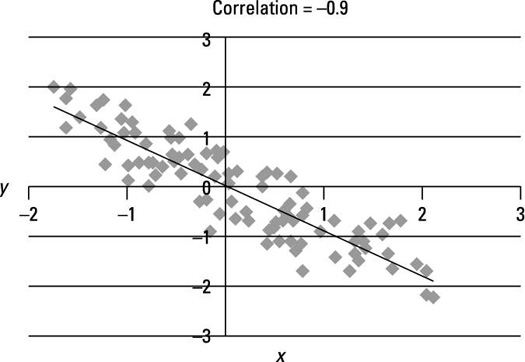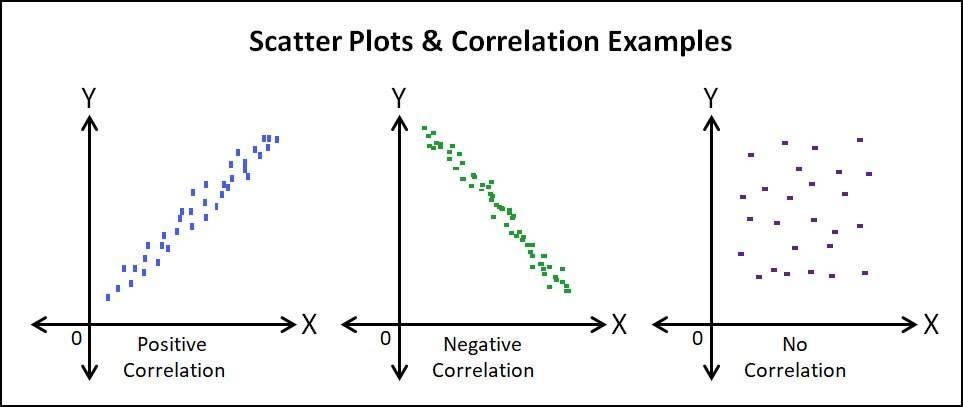
Now draw a vertical line from the mark of 60 degrees Fahrenheit on the x-axis, so that it cuts the line of "Best Fit".Īt the point where this line cuts the line of "Best Fit", the corresponding marking on the y-axis represents the humidity at 60 degrees Fahrenheit. To calculate the humidity at a temperature of 60 degrees Fahrenheit, we need to first draw a line of best fit.Ī line of "Best Fit" is a straight line drawn to pass through most of these data points. Temperature is marked on the x-axis and humidity is on the y-axis. The collected data of the temperature and humidity can be presented in the form of a scatter plot. Refer to the table given below and indicate the method to find the humidity at a temperature of 60 degrees Fahrenheit. Observe the below scatter plot showing the number of birds on a tree versus time of the day.Įxample 2: The meteorological department has collected the following data about the temperature and humidity in their town. For example, the data for the number of birds on a tree at different times of the day does not show any correlation. Here the points are distributed randomly across the graph. Observe the below image of negative scatter plot depicting the amount of production of wheat against the respective price of wheat.Ī scatter plot with no clear increasing or decreasing trend in the values of the variables is said to have no correlation. The scatter plot for the relationship between the time spent studying for an examination and the marks scored can be referred to as having a positive correlation.Ī scatter plot with an increasing value of one variable and a decreasing value for another variable can be said to have a negative correlation. Based on the correlation, scatter plots can be classified as follows.Ī scatter plot with increasing values of both variables can be said to have a positive correlation. This relationship is referred to as a correlation. In this example, the data points are negatively correlated.A scatter plot helps find the relationship between two variables.

In this instance, the scatter plot will have a higher starting value on the vertical axis and slowly slope downwards. For example, reducing employee turnover may correlate with increased employee satisfaction. A scatter plot with a negative correlation features a downward, linear trend. On the other hand, a scatter plot with a negative correlation denotes a scenario where one variable increases, and the further decreases. Or the scatter plot can show the relationship that sometimes exists between marketing spend and sales revenue. An example of a positive correlation within project management includes the relationship between hours worked on a project and the likelihood of meeting project deadlines. The trend starts low on the y axis, to the left on the x axis and slowly rises in a very linear manner. This relationship is evident in a scatter plot displaying an upward, linear trend or linear correlation.

The scatter plot with a positive correlation suggests that as one variable increases, so does the other.

Or in some instances, the scatter charts show no relationship between the individual data points.


 0 kommentar(er)
0 kommentar(er)
